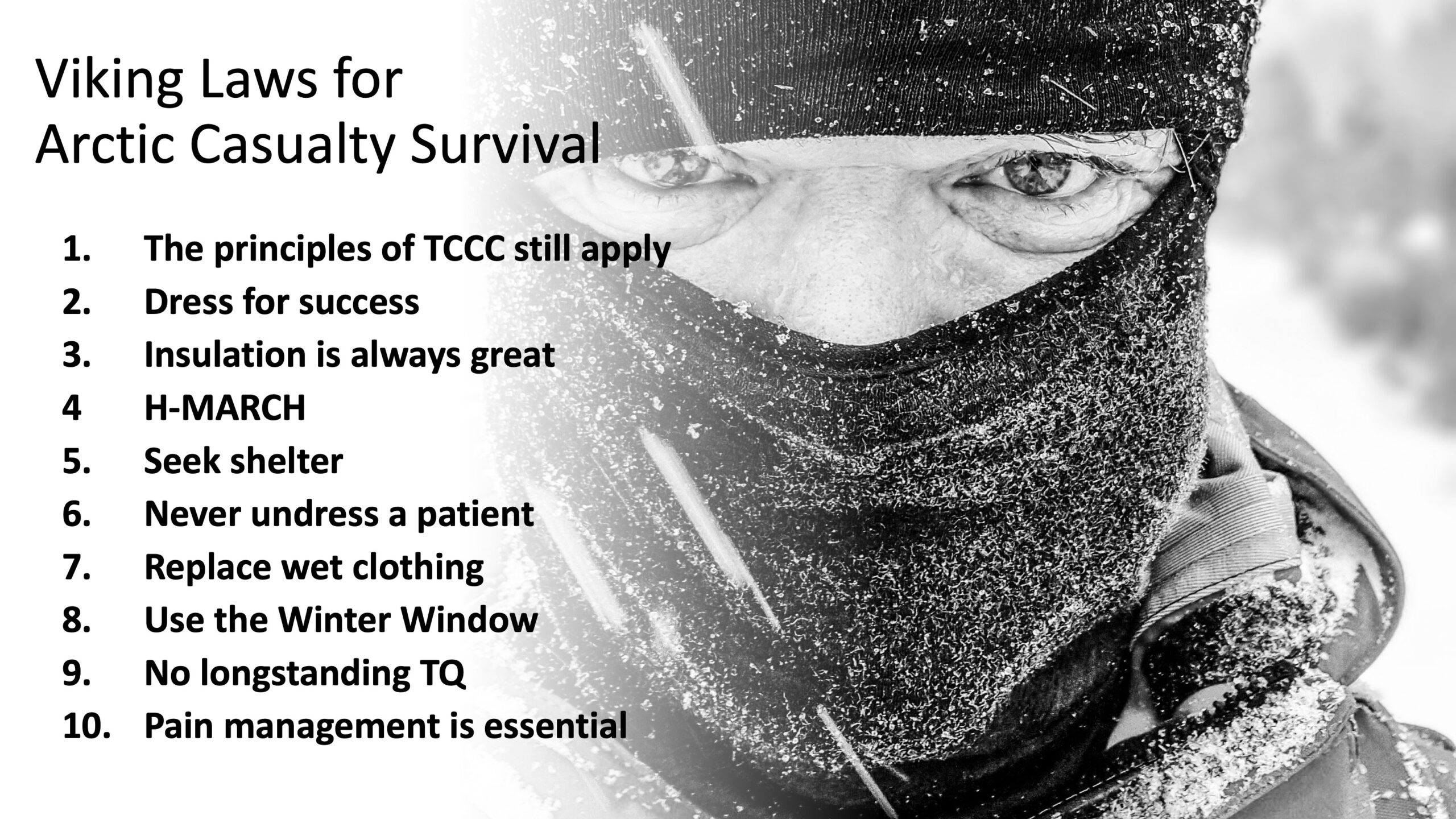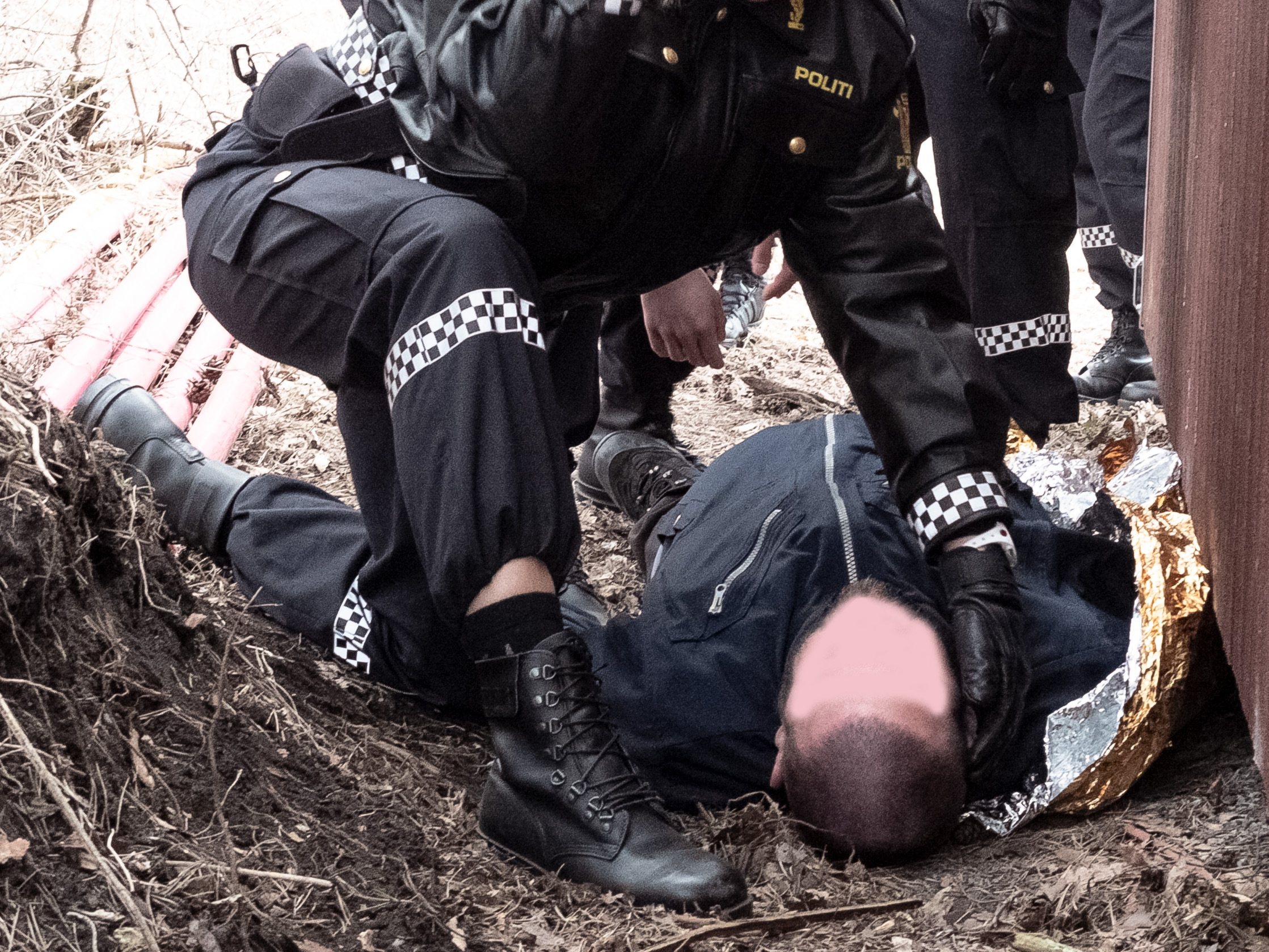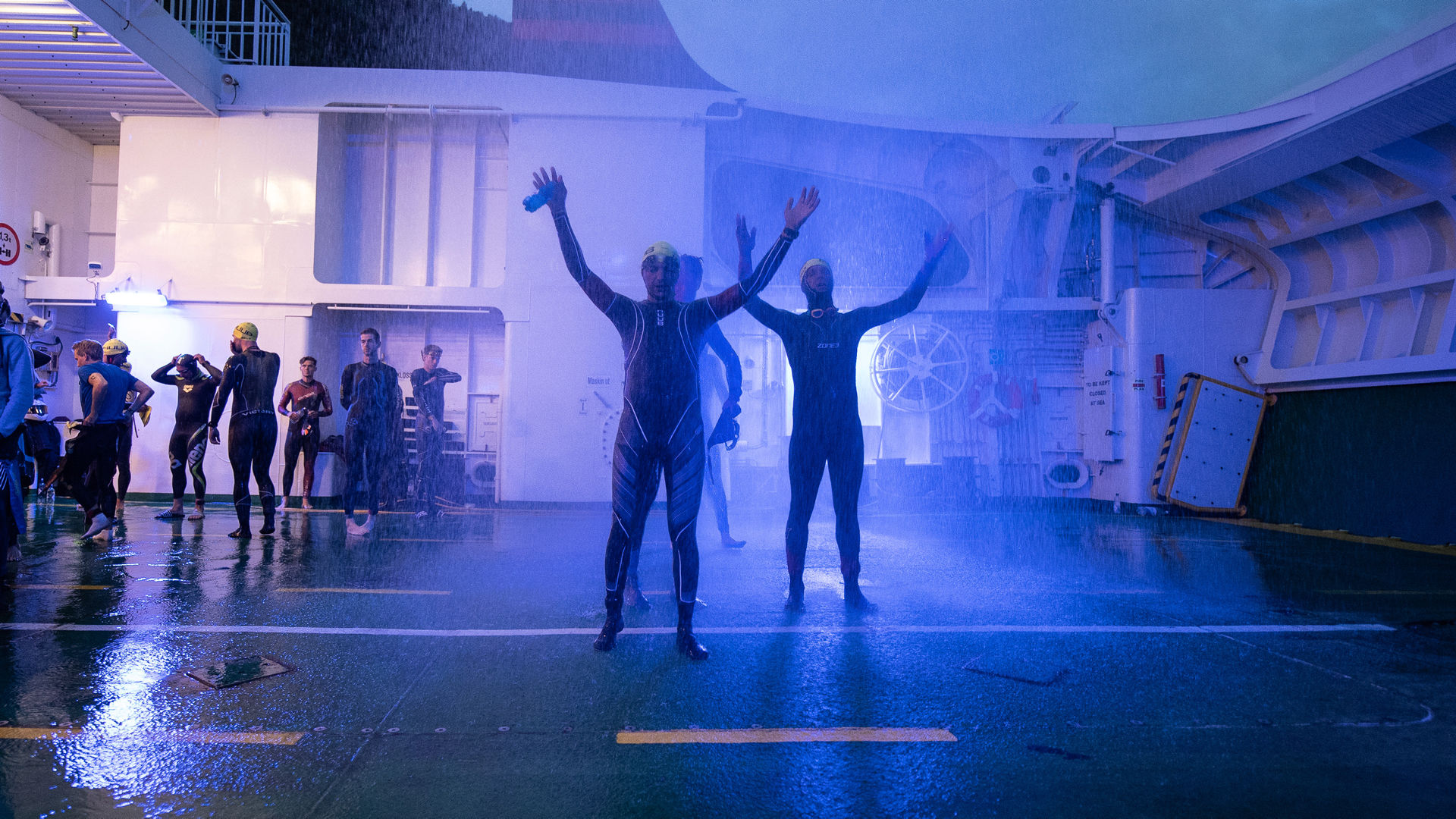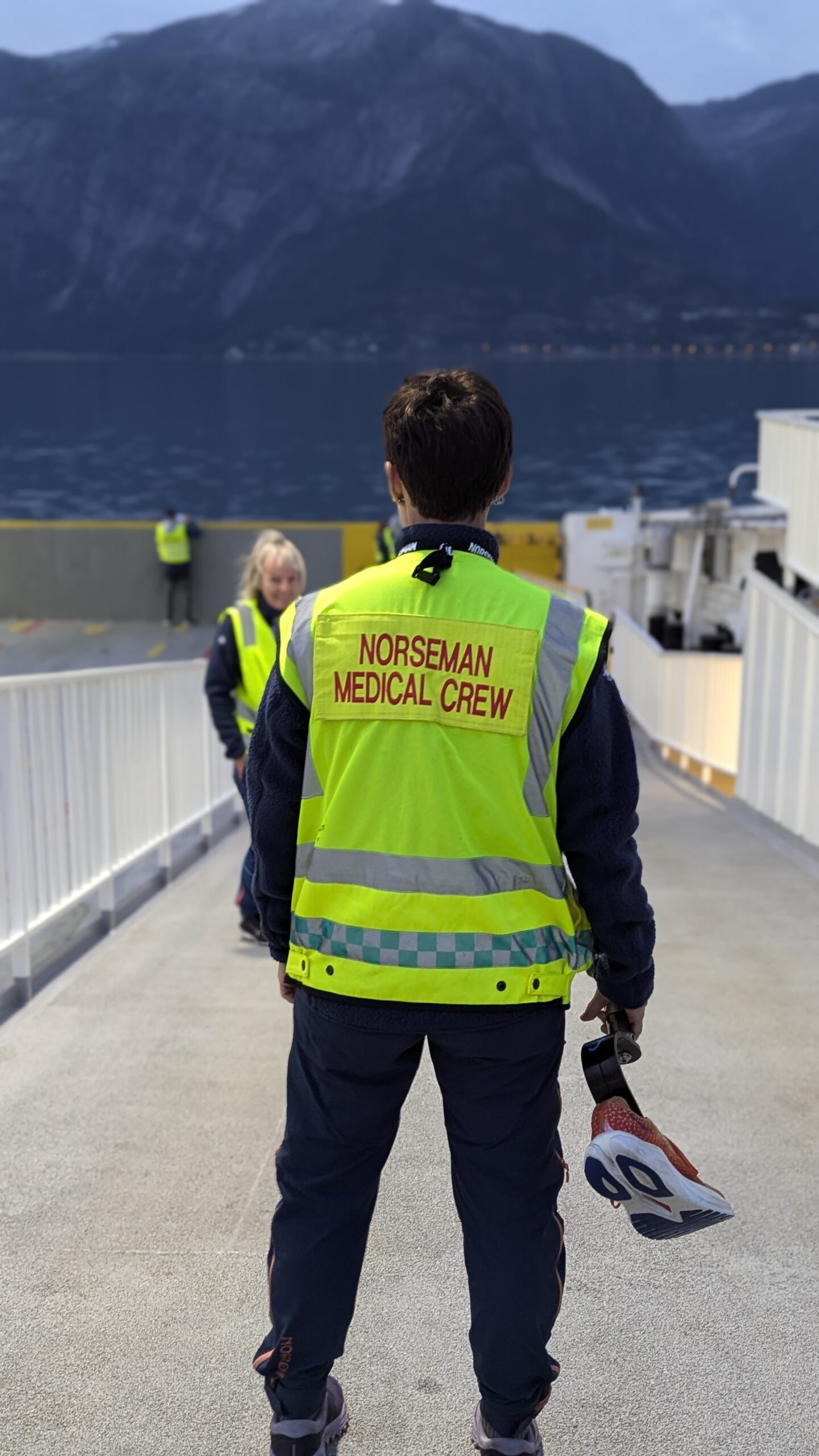How do you care for a casualty in very cold environments?
A few days back, our group presented a webinar to doctors, medics, and paramedics from NATO countries. As a summary of the 3-hour seminar, we presented the “Viking Laws.” They were supposed to be “short and snappy”, providing an enjoyable way to remember key points.
I understand that certain points on the poster may require additional clarification and possibly attendance at a seminar or lecture. Having said that, I still believe they can be of benefit.
Although these laws were written in a military context, they can easily be applicable in a civilian environment. Here are the laws, accompanied by a brief explanation:
1. The principles of TCCC still apply.
2. Dress for success. Winter warfare requires winter clothing.
3. Insulation is always great. Every casualty needs extra insulation.
4. H-MARCH. Starting hypothermia prevention early is lifesaving.
5. Seek Shelter. Do your intervention in a protected area
6. Never undress a patient, without a plan.
7. Replace wet clothing. If not possible, use a vapor barrier.
8. Use the Winter Window for monitoring your patient (face, upper chest, where clothing overlaps or zippers can be opened).
9. No longstanding TQ without a plan for external heat. Prepare for early conversion
10. Pain management is essential. Good pain management make patients’ vital signs more sensitive to change in status
We plan to present several detailed scientific papers on casualty care in cold environments. (Now I have said it..)
As always, I welcome your comments and suggestions! Please feel free to share your thoughts with us. The Viking Laws for Arctic Casualty Survival will adapt if needed, to make them better and more useful.



